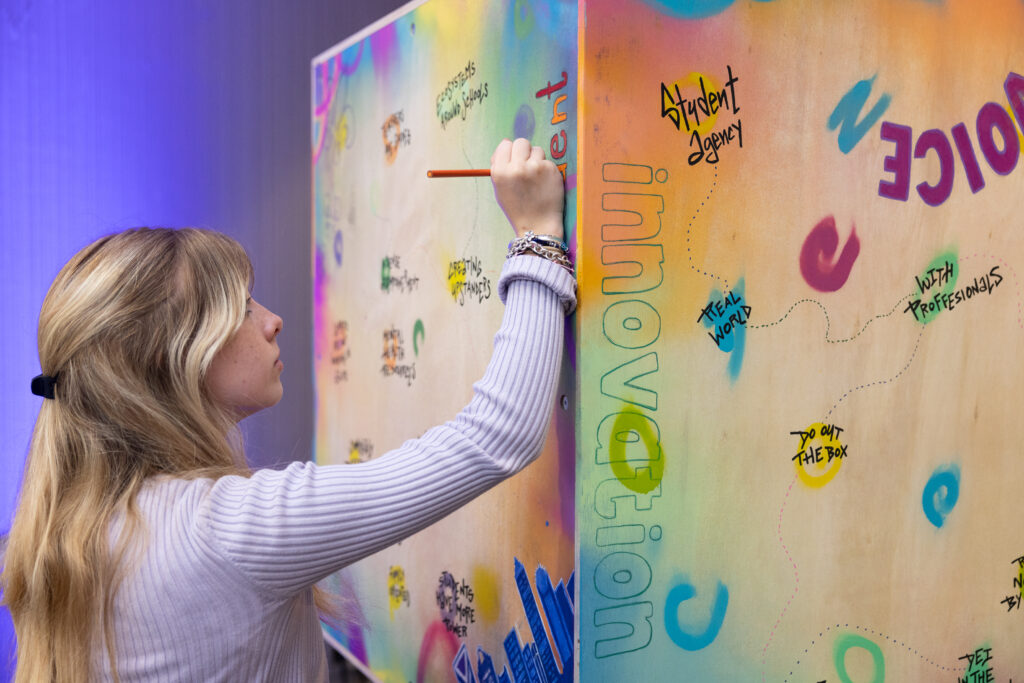In the last few weeks I’ve enjoyed two great reads on edtech investing, both advocating for a district direct sales approach for growing businesses.
1. Matt Greenfield, There is no Bubble in Educational Technology: Not for Businesses that Actually Make Sense.
2. Michael Feldstein, Why VC’s Usually Get Edtech Wrong.
Silicon Valley VC’s, on the other hand, don’t seem to be buying it, here’s what Marc Andreesen said. “I wouldn’t want to back a business that’s selling to public schools or characterized by public financing, unions, or government-run institutions. Those institutions are incredibly hostile to change.”
The reality is, there is a critical role for both models – an institutional sales and direct-to-consumer* – even within the same company. And it’s by far the best thing for teachers, schools, and students. Let me explain.
Half of our portfolio companies sell directly into schools or districts. Companies like Ellevation, Schoolzilla, Goalbook and Brightbytes are doing incredibly important work transforming our schools, especially in the areas of data intelligence and supporting special populations. A savvy group of experienced investors have put money into these companies and understand that impact and returns are not incongruent.
In the past, innovation came to schools in a car. A salesman would set up a meeting with a district IT professional or administrator. In a few weeks time, the salesman would bring his computer, his CD-Roms and demo the product to the district decision-maker, who may have never spent a day in the classroom. The district decision-maker would do his or her best to assess the product without any real, sizable usage data by teachers. Maybe he came with a glossy case-study from a nearby district but certainly no data on retention, frequency of use or satisfaction at any meaningful scale. If the decision-maker agreed to buy, teachers would be introduced to the product through professional development sessions, taking place during the school day (requiring them to prepare a substitute plan) and encouraged to implement the product into their curriculum. In some cases, teachers would be mandated to use product X, whether they deemed it effective or not, as part of their professional performance plan. Innovation came to schools slowly while innovation in the consumer space accelerated.
The combination of the old sales approach and other factors like categorical funding and a fragmented system resulted in a quality gap between the products we use as consumers and the products that teachers use to educate our children today. Teachers have some of the hardest jobs around and have primitive tools to carry out their daily tasks. Shadow a teacher for a day and observe what they do to create, organize, set-up, deliver and assess their daily lessons. What tools are many time-strapped teachers using to execute on their myriad activities? Worksheets, MSWord, the forest-green paper gradebook, textbooks, Internet Explorer 6, the overhead projector and paper notes to communicate with parents.
Thankfully, the world has changed and direct-to-consumer products are turning this process upside down. The distribution and adoption friction is going away. Distribution channels like Edmodo, the Apple App Store and Google Play for Education organize and surface products for teachers to test out. The very day the product hits the channels, they can try out free versions of the product, share use cases on Twitter and learn how other teachers are using the product through Edcamps, teacher-organized professional development meetups. The cycles are faster, the testing is real-time and the teacher is at the center.
Silicon Valley investors tend to favor direct to consumer models because that is where natural market mechanisms are at work, creating an environment more likely to surface the best products. As Michael Feldstein notes, direct-to-consumer is indeed a strategy to reduce investment risk because investors prefer more predictable market environments with minimal distortion or regulation. In K-12, the simplicity of the direct-to-consumer model has the best shot at enabling a product meritocracy built on teacher adoption instead of a contest waged by sales forces and entrenched relationships.
Some of these direct-to-consumer companies may eventually monetize through schools and districts, but now, the key decision-makers have much better usage and satisfaction data to understand fit within the classroom. They no longer have to make major financial decisions about a product on very little data for a product’s chance of success.
Many will argue that these direct-to-consumer companies are not monetizing well and have no path to revenue. There is good reason for this concern – education companies can’t monetize through ads the way Google and Facebook have. Yet there are some very early signs to be optimistic about with subscription models (NearPod), marketplaces (TeachersPayTeachers) and freemium (Wikispaces, Quizlet).
If a direct-to-consumer approach can yield better products for our educators then we are willing to try -after all, one thing Silicon Valley investors have never been short on is optimism.
* In K-12 education the “consumer” is the teacher, student or parent. A company with a direct-to-consumer model circumvents the institutional sale (at least initially) and markets directly to the user.


